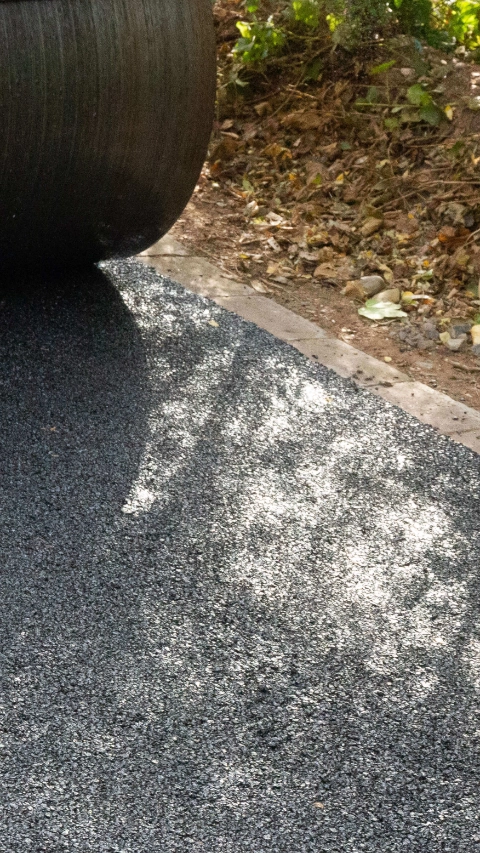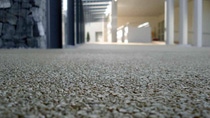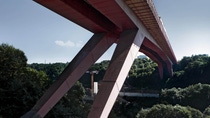Construction
Change here for a new traffic concept.
How innovative materials encourage the
transition from car to bicycle.
Modern local transport concepts want to combine environmental compatibility and comfort - because it is clear: Only what is comfortable is used. For example, the citizens of Erftstadt are to switch from cars to bicycles for short distances. In addition to well thought-out routing, special attention will be paid to the surface of the new two-wheel paths. This is where Elastopave makes the difference.
The national climate protection initiative of the Federal Environment Ministry supports the change of the mobility structure in Erftstadt as well as numerous similar projects. The aim: more people in the Liblar district should leave their cars behind and switch to bicycles. The key to this is a modern and innovative transport infrastructure that facilitates this change and thus breaks with old habits. According to the Federal Environment Agency, as many as 30% of car journeys can be made by bike - at least in conurbations. In major German cities, 40-50% of car journeys are over a distance of less than 5 kilometres, a distance range in which the bicycle is even faster. This potential with its positive effects on the environment and health should also be better exploited in Erftstadt in the future. Others have already shown how it can work: Both Copenhagen and Amsterdam are considered absolute cycling cities, as is Münster, where cycling accounts for almost 40% of the total.



This is also the direction Erftstadt should take. The aim is for all important infrastructure facilities in Erftstadt-Liblar to be accessible by bicycle via attractive, safe roads and paths. The surface covering played a decisive role in the design of these paths, as it was intended to fulfil both functional and environmental aspects. According to a recommendation by the renowned RWTH Aachen University, the BASF Elastopave system was used on 3000 square meters. Another part was covered with solar cells.
The great advantage of Elastopave is that it does not seal the bottom. This prevents the formation of puddles on the one hand and improves the groundwater quality on the other.



Elastopave was convincing on several levels. Suitable mineral mixtures for the material are bonded with a polyurethane binder to create a stable, water- and air-permeable covering. It is virtually a PU-bound asphalt, which has significant advantages over conventional bitumen-bound asphalt in terms of strength, aging and deformation behavior and temperature sensitivity. Since the mineral component is coated with a smooth PU layer, clogging effects and soiling can also be avoided. Another key argument in favour of Elastopave is its high water permeability - since the material does not seal the surface, rainwater can seep away in a matter of seconds and thus contribute to groundwater recharge. In addition, no puddles form on the cycle path, a good prerequisite for a safe and pleasant cycling experience. Elastopave will make it easier for people in Erftstadt to make the switch - for sustainable and environmentally friendly urban transport.
Featured product
Related articles
Consult with an expert
Self-service solutions:


